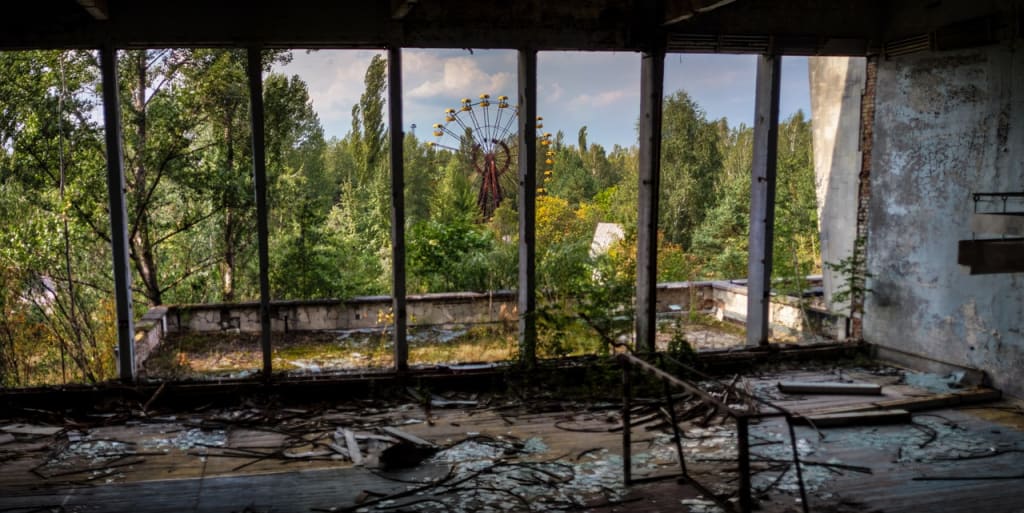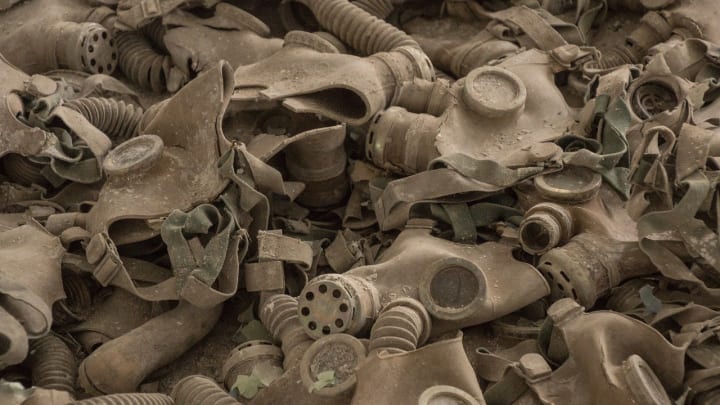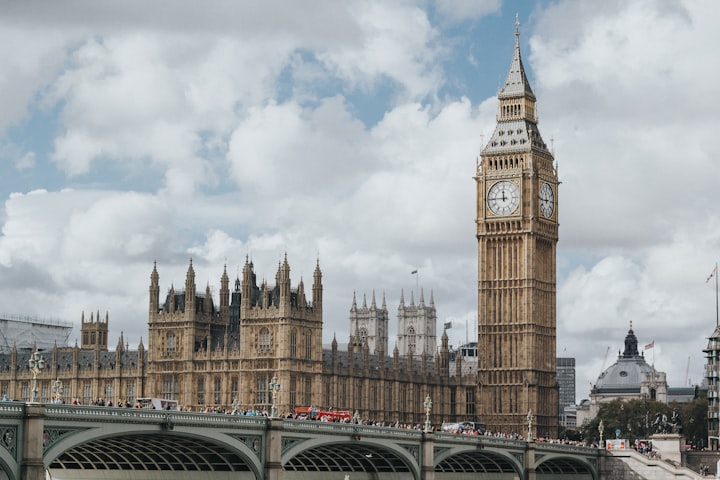
Chernobyl nuclear power plant, the location of the worst nuclear disaster in history, and the nearby town of Pripyat in Ukraine are fast becoming one of the world’s most bizarre tourist attractions. Tours of the ‘Dead Zone’ are being advertised by travel agencies as part of a larger growing trend of radioactive tourism.
Although radiation levels remain dangerously high in many areas, tourists are stumping up between $100–$400 to tour the former nuclear plant and the deserted ghost town of nearby Pripyat, which was left frozen in time. Houses, schools and even a fairground remain the same today as they did when they were abandoned in 1986.
Despite radiation levels being recorded at 50 times the normal level, and the site still not being considered safe by many experts, tourists seem unexplainably drawn to this and other dangerously radioactive locations around the world.

Another curious spot, that has been attracting this new breed of radioactive tourist, is the the research and development site of China’s first atomic and hydrogen bombs. Located in the northwest Qinghai Province of China, the town of Xihaizhen is fast becoming a radioactive tourist hot spot.
Xihaizhen was built around the “211 Factory” which was was eventually closed down in 1987. Over the last two decades, and after the polluted facilities and ecosystems were heavily treated, this former nuclear site has gradually became habitable again, with the area now attracting up to 800,000 tourists each year.
Whilst not as dangerous as Chernobyl, low-level radioactivity still remains and levels are contentiously monitored in the local water, air, soil, milk and even animals.

Ikaria or Icaria lies at the southern tip of the Greek islands of Aegean, located off the Turkish coast. Probably most famous for the legend of Icarus, Ikaria also attracts thousands of tourists each year who pay to bathe in the islands radioactive thermal springs.
The therapeutic radio-energized springs are said to provide healing qualities, allegedly helping to cure rheumatism, arthritis and neuralgia. Ruins of ancient Roman baths can still be seen in the city of Therma where people still flock to this very day.
Fernald Preserve in southwest Ohio in the USA was originally a factory where uranium for nuclear bombs was once processed. The secretive facility once produced nearly 70% of all uranium used in America’s nuclear weapons. Following its closure the clean up operation took a staggering 17 years and cost the US Government over $4 billion.
It may be hard to believe then, the site reopened in 2008 as a nature reserve, attracting over 15,000 visitors in its first two years. As well as seven miles of hiking trails and visitor centre the site also features a rage of more uniquely names attractions such as ‘The Cold War Garden’ and ‘The Weapons to Wetlands Trail.’
Today radiation levels are minimal although, just in case you needed proof of the reserves past, dosimeters (devices used to measure an absorbed dose of ionizing radiation) can clearly be seen positioned all across the site.
So there you have it, people really are prepared to pay to see these bizarre attractions, with some even willing to expose themselves to dangerous levels of radiation. What do you think? Is it worth the risk? I for one will be staying clear—although I have to admit I am hugely curious!






Comments
There are no comments for this story
Be the first to respond and start the conversation.